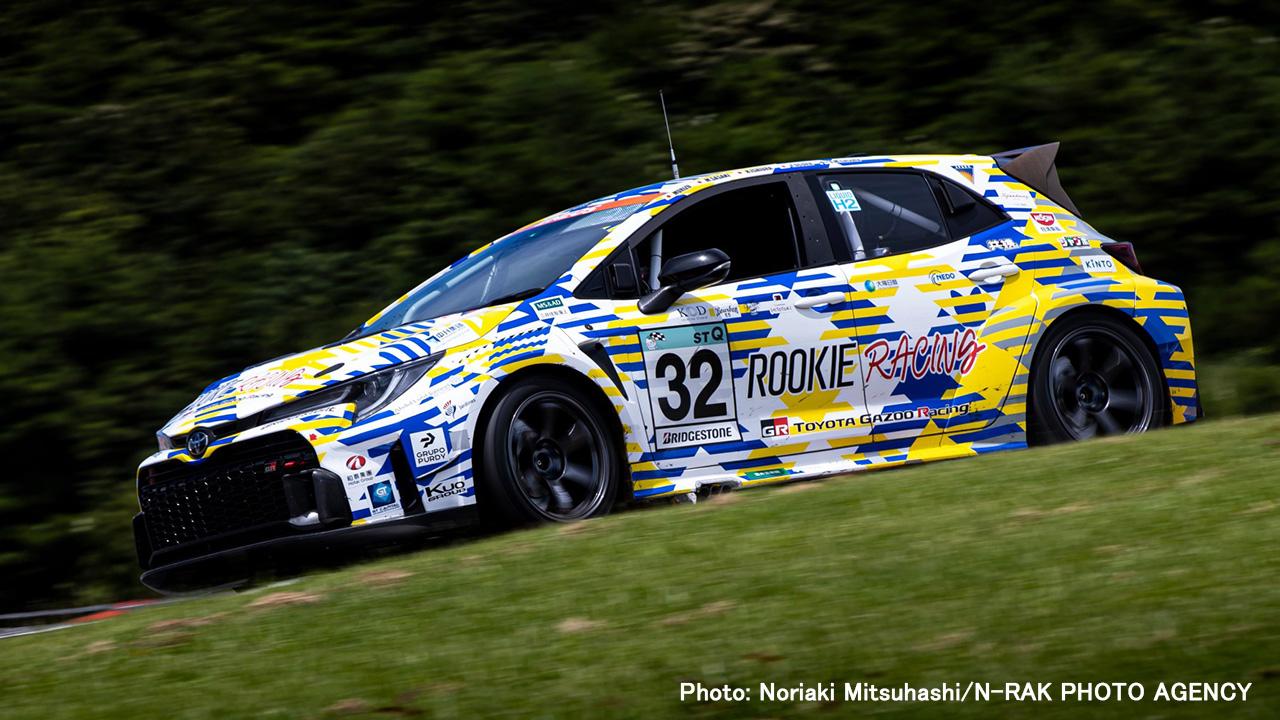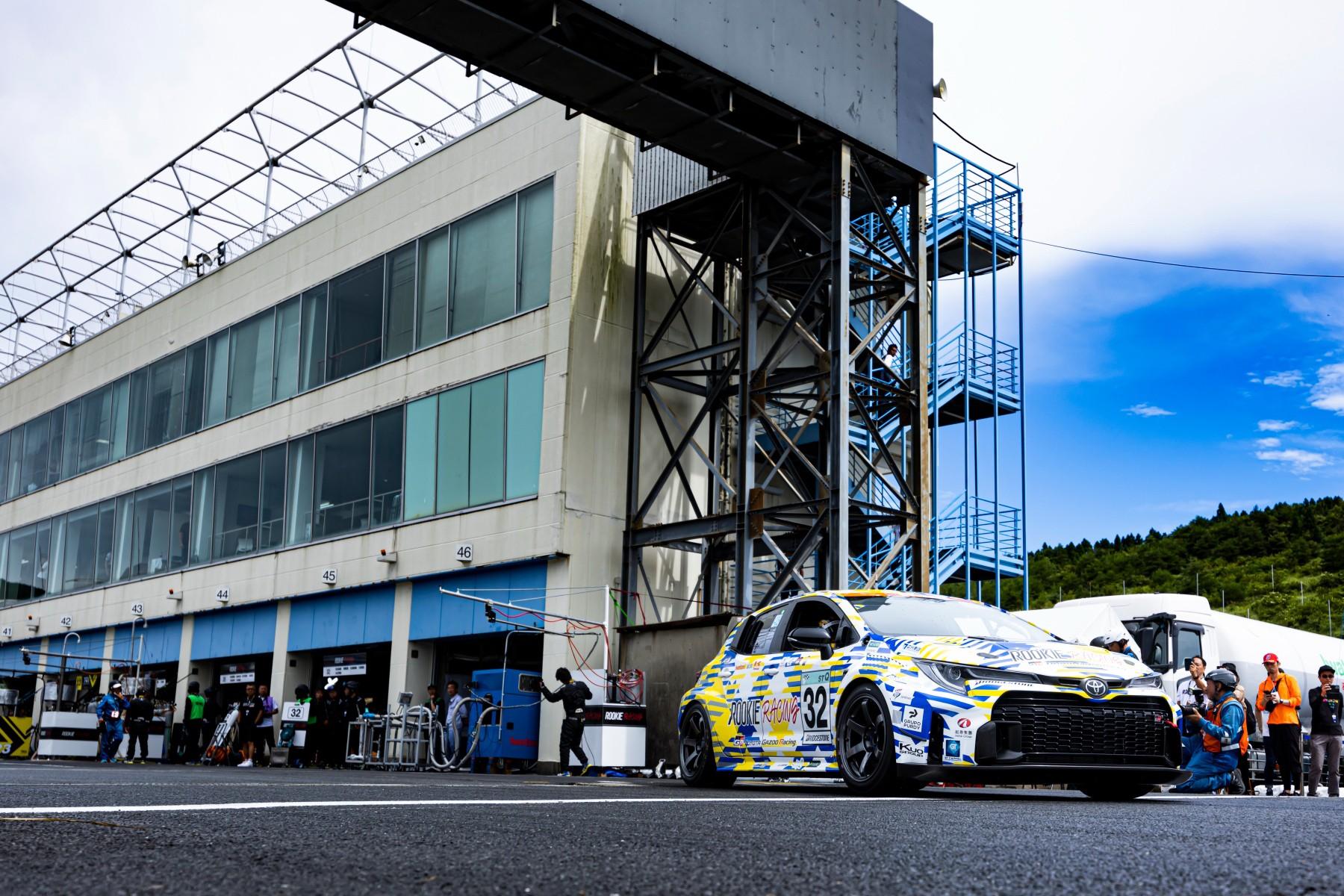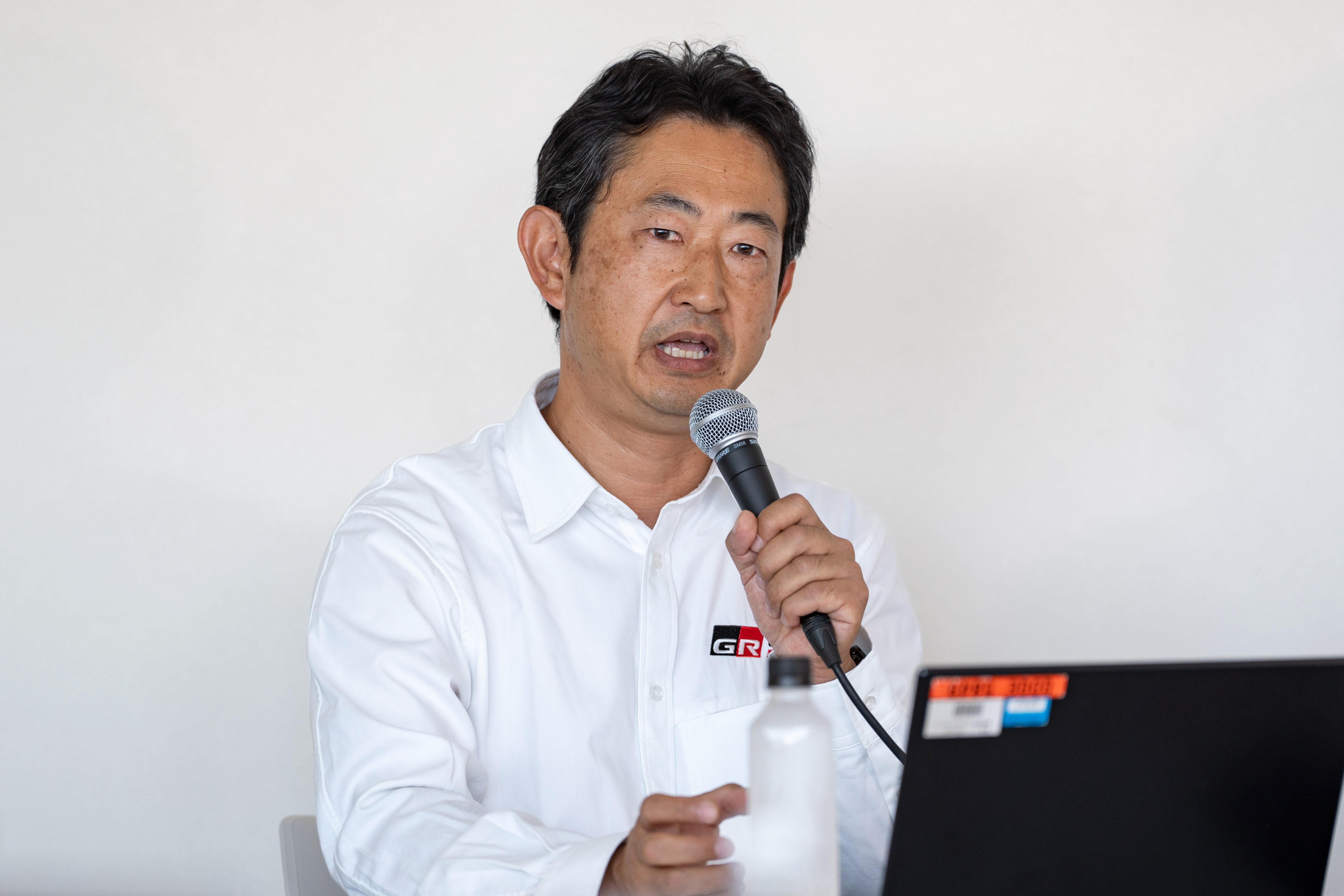
The fuel may have changed from gas to liquid, but Toyota's development is as agile as ever. See how far the car and hydrogen stations have come in just two months.

Round 4 of the ENEOS Super Taikyu Series 2023 concluded with a five-hour race at Autopolis (Hita, Oita) on July 30.

Toyota’s liquid hydrogen-powered GR Corolla returned after last competing in Round 2, the 24-hour race at Fuji Speedway (Oyama, Shizuoka) in May. About an hour out from the checkered flag, however, an engine oil leak forced the car to retire.
Though unable to finish the race, the Corolla showed solid progress, increasing its range between refuels by roughly 23 km to 19 laps, against 14 laps with gaseous hydrogen last year.
In this article, we cover five upgrades to the liquid hydrogen Corolla since its previous outing
Upgrade I: Improved durability for troublesome pumps
For this race, the vehicle received two main upgrades: durability improvements to the liquid hydrogen pump and a 40 kg weight reduction.
At the Fuji 24-hour race, pump durability proved to be the critical issue.
Normally, lubricant oils are used to reduce friction between the gears and other parts that drive a pump. In the case of liquid hydrogen, however, pumps run without lubrication to avoid the danger of these oils entering the tank and mixing with the fuel, which is kept at an ultralow -253°C.
As a result, at Fuji the team had to make two scheduled pitstops to carry out the formidable task of replacing worn pumps.
This time around, engineers fitted mechanisms to lessen friction and shock between gears and bearings, easing the stress on pumps to make them last 30% longer.
GAZOO Racing Company President Tomoya Takahashi spoke about the significance of this development.

“Since we managed to run for six hours straight in the last 24-hour race, it might seem obvious that a 5-hour race won’t need a pump replacement. However, a Super Taikyu event is not just about the main race. We had dramatically fewer pump changes throughout the race week, so I think we’re seeing an impact in that sense as well.”
As Takahashi suggested, this improvement has helped lighten the workload for the engineers and mechanics involved in racing.
Upgrade II: Slimmed-down liquid hydrogen system
The pump upgrade also contributed to another vehicle improvement: a 40 kg weight reduction.
As the pump deteriorates, frictional resistance increases. To generate enough torque to overcome this, the motor needed ample power, in turn requiring a high-capacity battery, heavy-duty wiring, and other electrical components.
Now, with an improved pump running more smoothly, these components can be made smaller and lighter.
In addition, as engineers analyzed race and test data, they found that parts such as tank valves and hydrogen piping had sufficient safety margins to allow for further weight reductions.
Despite these efforts, however, the car still weighs 1,910 kg, considerably heavier than the GR Corolla base vehicle’s 1,470 kg.
GR Vehicle Development Division Project General Manager Naoaki Ito oversees the hydrogen engine project. He is eyeing further improvement: “Since a liquid hydrogen system can run at low pressure, we believe it will eventually be lighter than the high-pressure gaseous fuel systems. We’re not there yet, but our goal is to go lighter than those systems, which weighed around 1,700 kg.”


